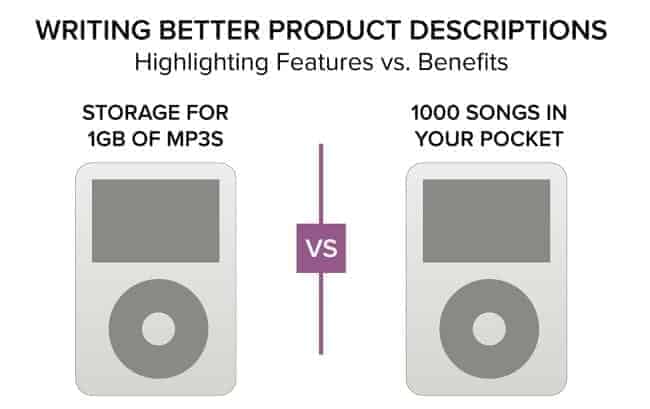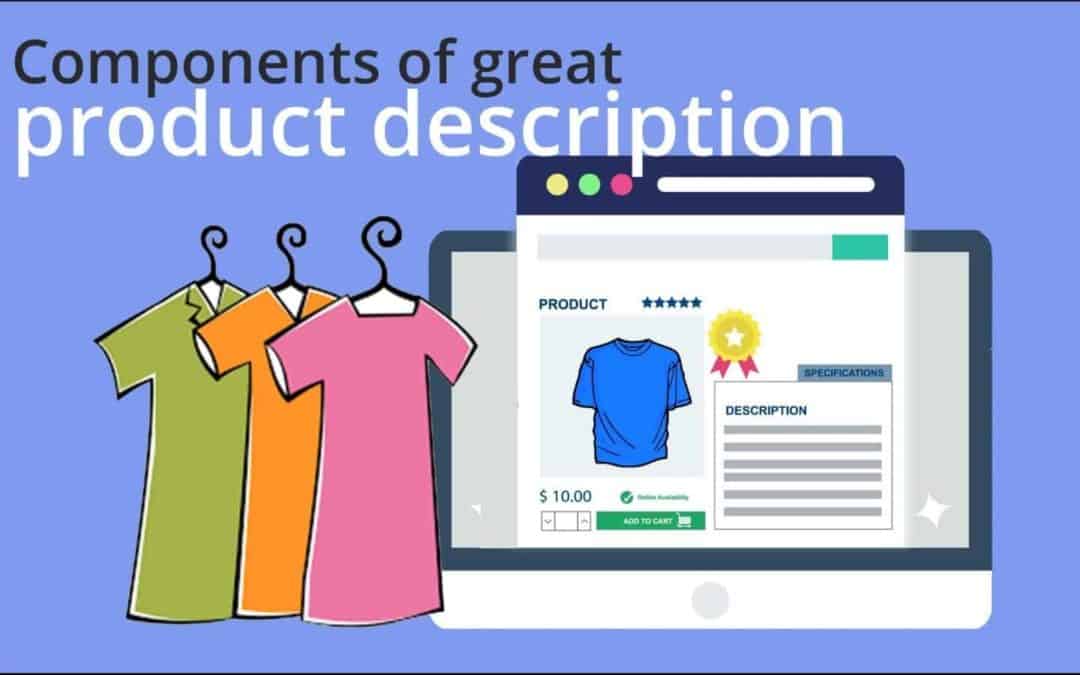Writing product descriptions would be a lot easier if we could nail down a universal format, structure, and length.
Unfortunately, what works for one product isn’t necessarily ideal for another.
What makes a product description great will vary based on the type of product you’re selling as well as the audience and industry.
You can see obvious differences when actively comparing:
- Subscription-based products for B2C and B2B
- Simple commodity products
- Foods/consumable products
- Technical/complex products
- High-value products
For example, a simple product like a shirt doesn’t necessarily need a lot of content or benefit statements unless the clothing has unique properties. Compare that to a computer or custom furniture; high value or technical items often need more content to communicate value and the multiple benefits of the product.
The Short Description
The short description is the short description of your product that typically appears at the top of the product page.
Next to the title, this short description is the first thing a consumer skims over when they land on the page. So, a good practice is to place the most impactful benefits and persuasive copy here.
The Long Description
The long description is the space to leverage everything you know about your target audience, using persuasive copy to pull them in and make a strong emotional and psychological connection.
Despite the name, it doesn’t necessarily have to be long. Your product description only needs to be as long as it takes to sell your audience.
The upside is that you’ve got plenty of room to tell a story or dig in with sensory language to captivate the customer.
The Features and Benefits
Most customers aren’t interested in the general specifications and the mundane features of a product. Customers want to know how those features are going to benefit them and what they’ll get out of using the product.
Every product has features, and every feature has a benefit that details the reason a customer should buy it, or how they’ll benefit from using it. And there’s no better example of the difference between the drab pitch of a feature and a remarkable benefit than this comparison of the original iPod.

Include a bulleted list on your product pages that highlights key features followed by the benefit of those features. This way, you’re not just selling the product; you’re selling the experience.

